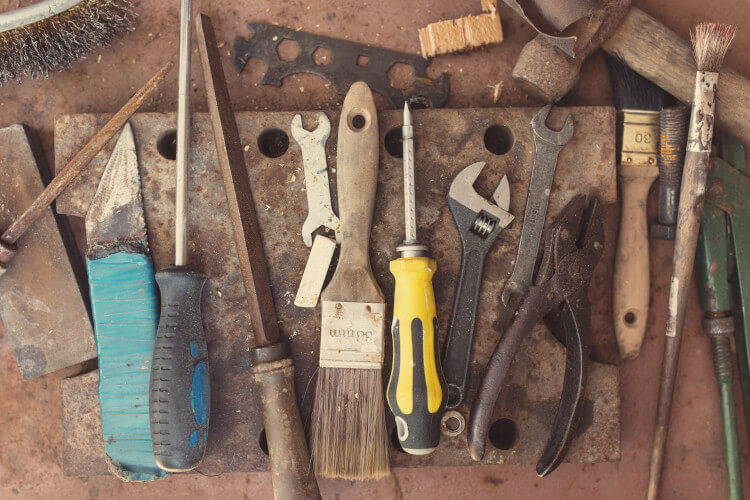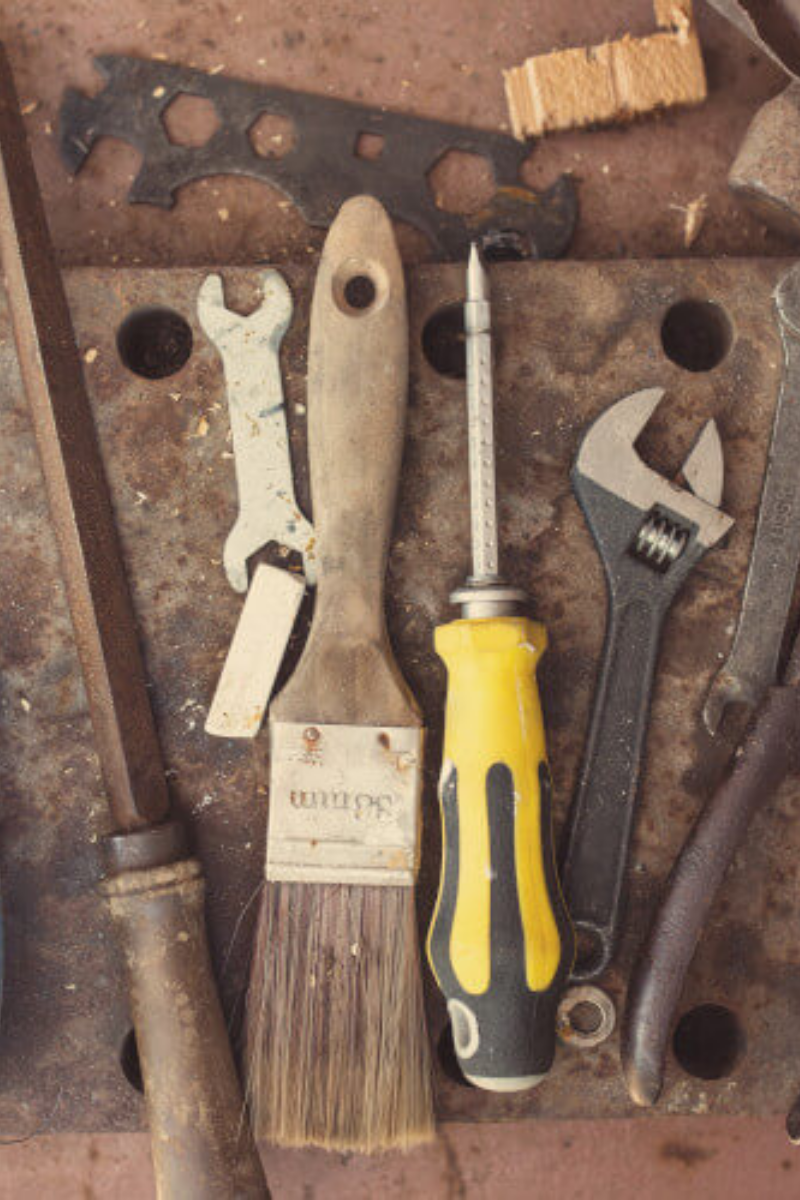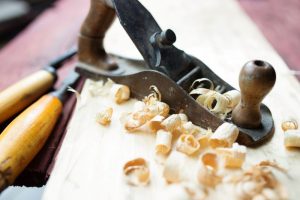 Hand tools are an important investment to the owner and user. Tools help to make work easier. Therefore, you need to know how to take care of them to maximize efficiency and cut down on costs due to mishandling them.
Hand tools are an important investment to the owner and user. Tools help to make work easier. Therefore, you need to know how to take care of them to maximize efficiency and cut down on costs due to mishandling them.
Maintaining hand tools after use is the first secret that will keep your tools more robust and durable.
So, now that you have already invested in various hand tools, how do you maintain them? First, let’s check on the valuable tips that keep the tools safer, stronger, and durable.
Table of Contents
Clean Regularly
Cleaning your hand tools after use should be a habit. Take a few minutes for this task, and your devices will be in tip-top shape.
Keeping them clean prepares them for use next time. The process is not expensive as you don’t need to purchase washing materials. You can improvise an old t-shirt or any cloth that you don’t wear for the task.
Add some steel wool and a stiff brush to clean them. Keep these materials in a place you won’t forget, for instance, a garage or closet where you keep the tools. Use a soap that will easily remove stains and keep them shining.
You can use a rag to wipe them if they haven’t accumulated more dirt.
Avoid Rust
Rust is harmful on every tool except the wooden ones. For example, rusting can affect pliers such that they won’t even work. Rust will make your equipment unusable, unsafe, and just plain sad when you look at them.
Luckily, if you take care of the rust, your tools will remain functional for an extended period.
Metal tools need conditioning just like your skin. Use a container with soft sand and mix it with mineral oil; this is the best method to keep your tools free of rust. Oil forms a seal on the tools, and oxygen or moisture will not react with any stain left on them.
Sharpen the Tools
Sharpening your hand tools before use is essential. Though sharpening the tools regularly can make them wear fast, it makes the work easier. When the blade is blunt, you will force it to work more and use more energy. The whole process becomes a tedious job.
Sharpening won’t take much of your time. Once you finish sharpening a blade, rub in oil to penetrate and protect the metal.
Proper Storage
Always keep the tools inside after use if you want them to last longer. Leaving them on the ground exposes them to their dangerous enemy – rust. Rust will take them over because of moisture, even if it’s not raining. Hand tools and water simply do not go together.
While inside, cover the tools if necessary. Wipe away any dirt or grime before storing them to avoid corrosion. Store your tools in a dry place out of moisture – it’s good you first dry them.
Invest in tool boxes or pouches to store tools separately, especially chisels.
You can make or purchase a toolbox; it will give you ample time for storage and minimize storage space. The toolbox will be significant for those living in a humid climate.
It’s not about just storing the tools but organizing them. You have to carefully manage them as this will work well on increasing their work efficiency. The tools will also be in perfect shape.
Lubrication
Lubrication is essential if you use hand tools. Unlike cleaning, lubrication is necessary before using the device. Remember to use the correct oil that will stay for a while on the equipment.
Lubrication will help your tolls to function efficiently and last longer. If you have hand tools that have rubbing parts, you gave to prevent them from wearing out. Make sure to cover all the mobile features.
Some tools have manufacturer’s guidelines on how to lubricate them. Follow the procedures correctly to reduce them from wearing out because of friction between the moving parts.
Inspect your Tools
How often do you check and inspect your tools, or do you simply pick them, use and return them to storage? That’s the wrong move.
Regular checking of your tools is necessary as it will help you know the actual condition of the tools in the store. Prevention is better than cure. Therefore regular inspection will help you know which tools need repair or replacement. You can’t maintain a tool that you have no idea of its general functionality.
Handles are easy to crack and get damaged. If you use them without knowing, they can injure your hand. They can even get out of your hand and hit you somewhere in your body. Therefore, inspecting your tools should be a priority.
The handle is the first and crucial part of examining a hand tool. For cutting tools, the cutting edges are a must to inspect before and after use.
Your tools need repair, and you will only know the parts to repair and work on after inspecting them. If the parts are beyond repair, and the best way is to purchase a new tool.
Conclusion
Any tool is like the human body – you need to take care of it to maintain it regularly. The process requires part of your time and commitment too.
Apply these essential tips for maximum care on every hand tool in use. It will serve you for a long time reducing unnecessary expenses for repairs or replacement.



